 It wasn’t a typical meeting of Northern New Jersey Council Princes of Jerusalem. The 36-year-old Scottish Rite body, comprised of 16° Masons, had prepared for the return of Trevor Stewart by inviting Master Masons from the area on the night of October 7 to hear Trevor explain “The Nature of Masonic Initiation.”
It wasn’t a typical meeting of Northern New Jersey Council Princes of Jerusalem. The 36-year-old Scottish Rite body, comprised of 16° Masons, had prepared for the return of Trevor Stewart by inviting Master Masons from the area on the night of October 7 to hear Trevor explain “The Nature of Masonic Initiation.”It was a talk inspired, in part, by the Sovereign Grand Commander of the Northern Masonic Jurisdiction himself. Ill. Bill McNaughton had written in a recent issue of “The Northern Light” magazine that he viewed the making of a Mason as a process, something involving much more than conferring the degrees. Trevor also was prompted to compose his thoughts on this subject by an experience in Washington four years ago, when he met a group of government employees – not all of them Masons – who asked him a number of intelligent questions about what Freemasonry is and does.
As he does so well, Trevor delves into the history of the fraternity and its rituals to determine what the past can teach us today.
Beginning with the Edinburgh Register House Manuscript (1696), the earliest piece of Masonic literature that can be recognized as a working ritual, Trevor sketched the evolution of the Craft’s initiatory rites.
“This is the first clue of what we do. It is a primitive ritual,” he said. There are questions and answers, and the oath and obligation “before God himself.” There are no penalties, just the candidate “swearing as a simple Christian soul” that he would keep the secrets imparted to him.
Trevor then told of the Squaremen, “a leftover from way back” that treated its initiates pretty roughly. “A series of humiliating things is not a bad thing,” he added. “It brings about the abnegation of the self.”
Leading to what Freemasonry should be doing now, Trevor told of J.S.M. Ward, one of the more accomplished scholars in what Trevor calls the Comparative Approach, for the way it examines other cultures to identify parallels to Freemasonry. “This is to prove that Masonic initiation does not come from the mists of time,” he said. “Nor is our ritual an invention, but it evolved in the early 18th century.”
“It is a ceremonial ritual that is highly stylized,” he added, “it is not normal in everyday life.” Masonic initiation is designed to have a quickening effect on the initiate. “We’ve got to really perfect it and do it with some drama” because we are taking him out of the profane world. “Without drama, you are wasting his time. You have not done what should be done. You have to change his life. If you don’t achieve that, you’ve wasted his time.”
Initiation is a process that possibly never ends, Trevor continued, it is “a process toward eventual enlightenment.”
“When the candidate is making his way from the First Degree to the Second Degree, he is interrogated, and one of the significant first questions he’s asked is ‘What is Freemasonry?’ The answer in English and Scottish Masonry is very revealing indeed: ‘A peculiar system of morality, veiled in allegory and illustrated by symbols.’ ”
(Many, if not most jurisdictions in the United States use similar language, but substitute “beautiful” for “peculiar.” The word “peculiar,” in addition to the familiar adjectival usage, is a noun originating in the late 16th century that means “something exempt from ordinary jurisdiction, especially a church or parish exempt from the jurisdiction of the ordinary in whose territory it lies.” So beside “unusual,” this word, in a relatively new context in the age when Masonic ritual took the form we know today, has definite sectarian or even spiritual implications.)
A peculiar system of morality, veiled in allegory and illustrated by symbols. This single sentence of initiatic ceremony holds the key to Trevor’s thesis, and he spent considerable time during his hour-plus lecture “unpacking” it.
“A ‘peculiar system’ is something special, something not of this world,” he said. “The candidate is being exposed to something previously unknown in his life, making him peculiar to the ordinary concerns of his life. He becomes a Freemason, and peculiar in that sense.”
“ ‘System’ is more difficult to unpack. We need to go back to the 18th century,” he said, explaining how the influence of Isaac Newton on the times (as in calculus, gravity, astronomy, minting, etc.) brought his entire nation to appreciate the notion that, like ashlars themselves, “each part is necessary for the harmony of the whole enterprise.”
There is a process throughout the First, Second and Third Degrees, he explained, starting with proper preparation. “Where were you first prepared? My heart. Where next? In a convenient room adjoining the lodge.” The spiritual comes before the physical; preparation is made in the heart first, at the lodge second. The candidate must be of lawful age, be male, believe in God and trust in Him in difficulty and danger, and come of his own free will and accord. Not only must he not be influenced by unworthy motives, but “his real reason is a desire for knowledge, to become a better person. So it was written on our hearts that we were properly prepared.”
“ ‘Morality’ is that part of Freemasonry concerned with the inculcation of ethical principles,” he added. The candidate will “hopefully become the perfect ashlar and build the wall of the Temple not made with hands.” The process requires enthusiasm and harmony. “A person admitted to reception must be of age, of good morals and judgment.”
“ ‘Veiled in allegory’ means that Truth is contained. It is embedded and secret,” Trevor also said. “The candidate must come to an understanding that satisfies him.”
“ ‘Symbol’ is very important,” he continued. “A rough ashlar is strong and dependable and durable, but if you build a wall it will fall down. But there is potential there.”
“The Working Tools, as symbols, have meanings that are deeper than what the brother explaining them has told. Labor is the wont of man. And for the true Freemason, intellectual ascent is not enough; he must assimilate these allegories into his daily life. This is very difficult.”
Masonic knowledge is not imparted all at once, he reminded his audience, it is veiled and understanding it takes some time. “If you look at the art of the 18th century you see allegorical paintings” but art today does not have that kind of symbolism, and people today are not educated in reading such codes. He told of the Royal Order of Scotland, which cites the Nine Muses in its ceremonies and symbols, to make the point that educated men of the 18th century needed no introduction to the Nine Muses, but that educated men today are not familiar with the Greek goddesses of arts and sciences.
“The chief allegory in Freemasonry, as I understand it, is temple-building,” Trevor continued. “Each Mason is concerned with one particular stone: his own personality. It needs the hand of an expert worker to carve the stone so it may subject itself to the erection of the Temple.”
Symbols are all around us, he said. “A red light means stop. A green light means go. These are very simple symbols that we ignore at our own peril. But ours is esoteric. They are applied to one’s own life, and are a matter of experience.”
And there is no single definitive answer, he added. “A young guy who’s been a Mason for three or four weeks, and a guy who has been a Mason for 50 or 60 years are seeing things very differently” when watching the same degree.
 By “triumph,” Trevor refers to the new Master Mason’s rectified psyche. Hiram was not raised from the dead, he explained. “The dead body was exhumed and reinterred in a magnificent tomb.” Our new Master Mason however does return to the ordinary life outside, but with a new outlook. He has departed the mundane world, traversed the world of morality, and then through the world of intellect – benefiting and gaining qualifications – before arriving at the world of spirit.
By “triumph,” Trevor refers to the new Master Mason’s rectified psyche. Hiram was not raised from the dead, he explained. “The dead body was exhumed and reinterred in a magnificent tomb.” Our new Master Mason however does return to the ordinary life outside, but with a new outlook. He has departed the mundane world, traversed the world of morality, and then through the world of intellect – benefiting and gaining qualifications – before arriving at the world of spirit.






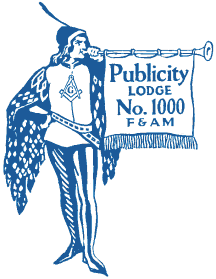

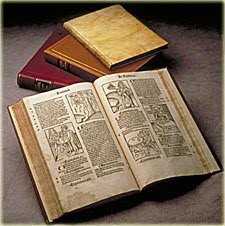


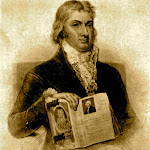




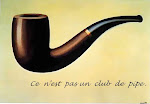
















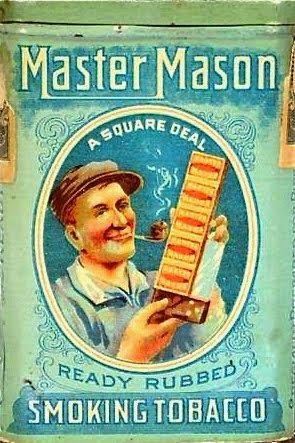


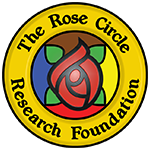

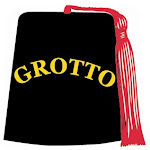








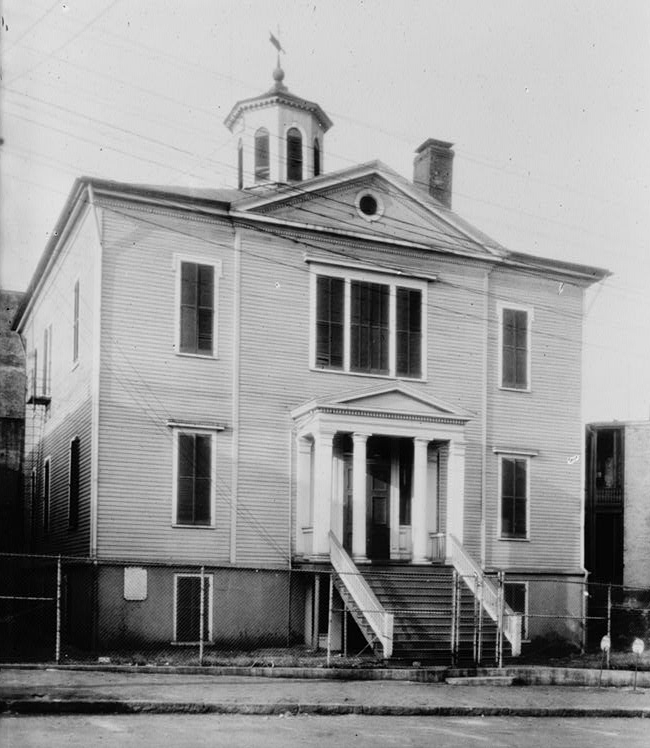
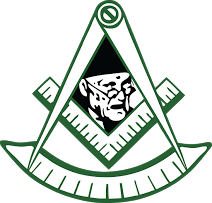
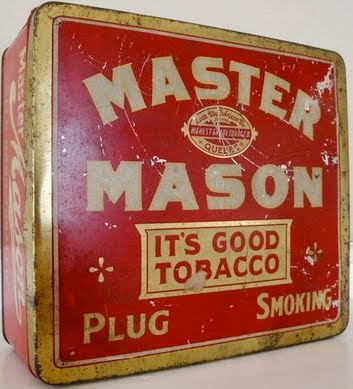




1 comment:
Great point about Hiram not being raised from the dead. R.A. Gilbert made a similar remark during the Q&A of the last Rose Circle Conference.
Post a Comment